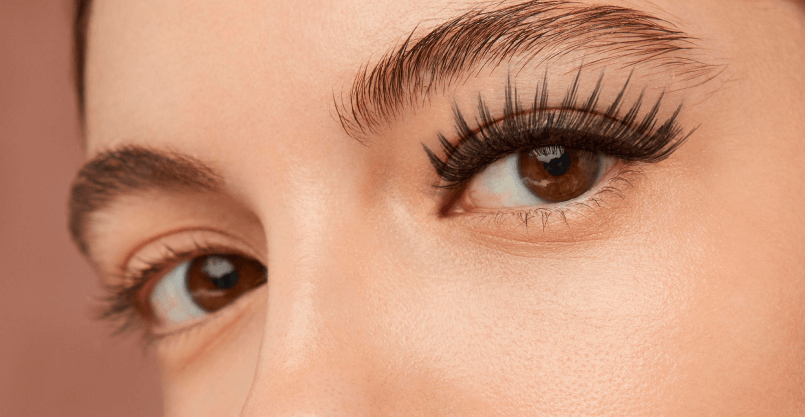What Is The Difference Between Microblading and Micropigmentation
Reviewed by Zang and Ridwan
When researching the best treatment for your hair loss, you may have come across microblading and scalp micropigmentation. While they sound similar, there are distinct differences between the two techniques.
To ensure you invest in the best procedure, it’s important to understand which treatments will work best for you. Fortunately, Zang SMP has extensive experience offering scalp micropigmentation and can explain all of the key differences between it and the microblading technique.
What is Micropigmentation?
Otherwise known as a “hair tattoo”, scalp micropigmentation is a long-lasting method of inserting organic, plant-based pigments throughout the dermal layer of the scalp. These pigment deposits mimic the appearance of hair follicles, creating the appearance of a full head of hair. SMP pigments are designed to match natural hair tones, ensuring and natural-looking result.
What is Microblading?
A popular cosmetic procedure among celebrities, microblading involves a hand-held tool with find needles that deposit pigment into the skin’s upper layers. These pigments are most commonly used to enhance facial features, like the eyebrows, as they can mimic natural eyebrow hairs.
Micropigmentation Vs. Microblading
While microblading and micropigmentation are both safe techniques that enhance facial features, there are important differences between the two. These differences are important because, despite similarities, microblading and micropigmentation are not always used to treat the same cosmetic issues. Here are all of the key differences outlined:
Application Tools
The main difference between micropigmentation and microblading is the application tools and techniques used during the procedure.
- Microblading: A small, hand-held tool equipped with a row of fine needles is used to create thin, hair-like strokes on the treated area (typically the eyebrows). This manual process allows the technician to precisely mimic the natural flow of eyebrow hairs.
- Micropigmentation: Rather than manual strokes, a needle-equipped machine is used to deposit pigment into the skin. This machine-driven approach is capable of covering a larger surface area.

Treatment Area
These two techniques are often used to treat different areas, with microblading generally being more limited than micropigmentation:
- Microblading: Primarily used to enhance eyebrows, this technique is most effective in treating sparse areas and hair loss in the brow region. Realistic hair-like strokes fill the gaps and define your eyebrows, creating a more polished and natural look.
- Micropigmentation: A more versatile technique that can improve multiple facial features with semi-permanent makeup. Micropigmentation can be used for eyebrows, eyeliner, lip color, and scalp treatment. commonly used for eyeliner and lip color.
Suitability for Different Skin Types
In general, micropigmentation can be used to treat more skin types than microblading:
- Microblading: Requires more aftercare for those with oily skin and is not recommended for mature, sensitive, thin, delicate, or atopic skin.
- Micropigmentation: Can be used on almost any skin type, delivering more consistent pigmentation for those with oily or mature skin.
Skin Sensitivity Pain
Microblading is often more painful than micropigmentation, though results will vary from person to person.
- Microblading: Results in more bleeding, pain during the procedure, and skin trauma. Not ideal for anyone with sensitive skin or blood disorders.
- Micropigmentation: Less pain and bleeding with minimal impact on the skin.

Longevity
The longevity of microblading and micropigmentation treatments varies, and is dependent on several factors outside of the treatment (e.g. skin type, aftercare, and individual lifestyle). However, micropigmentation is generally longer lasting.
- Microblading: Considered semi-permanent, these treatments usually last 1 to 3 years. The manual application and shallower penetration into the skin contribute to a gradual fade over time.
- Micropigmentation: As a permanent makeup technique, these results only need touchups every 5-8 years. The use of a machine application leads to more enduring results.
The Final Verdict
If you’re interested in painless, longer-lasting results we recommend choosing micropigmentation for your cosmetic needs. This treatment is more effective, and can be used on different areas of your face and head. Microblading has its places, and is a decent semi-permanent solution, but doesn’t compare in terms of overall benefit.
Begin Your SMP Treatment Journey Today
If you’re ready for a non-invasive treatment that mimics tiny hair follicles, scalp micropigmentation is the perfect solution. Zang SMP offers long-lasting scalp micropigmentation treatments at multiple locations across the US.
This treatment is highly effective and professional, as it uses top-quality, natural pigments to resolve issues with thinning hair. From working around existing gray hairs to completely shaved hair, we have all the tools to perfectly match and enhance your hair color.
So, if you want a new hairline that works for you, contact us at (310) 425-4975 to schedule a free consultation today!
